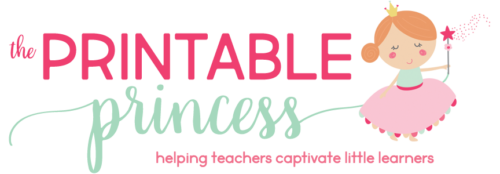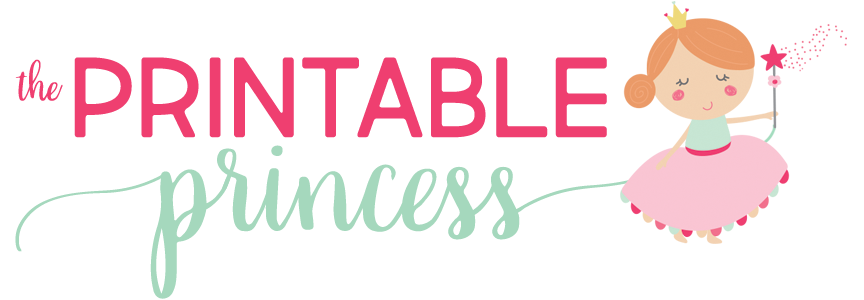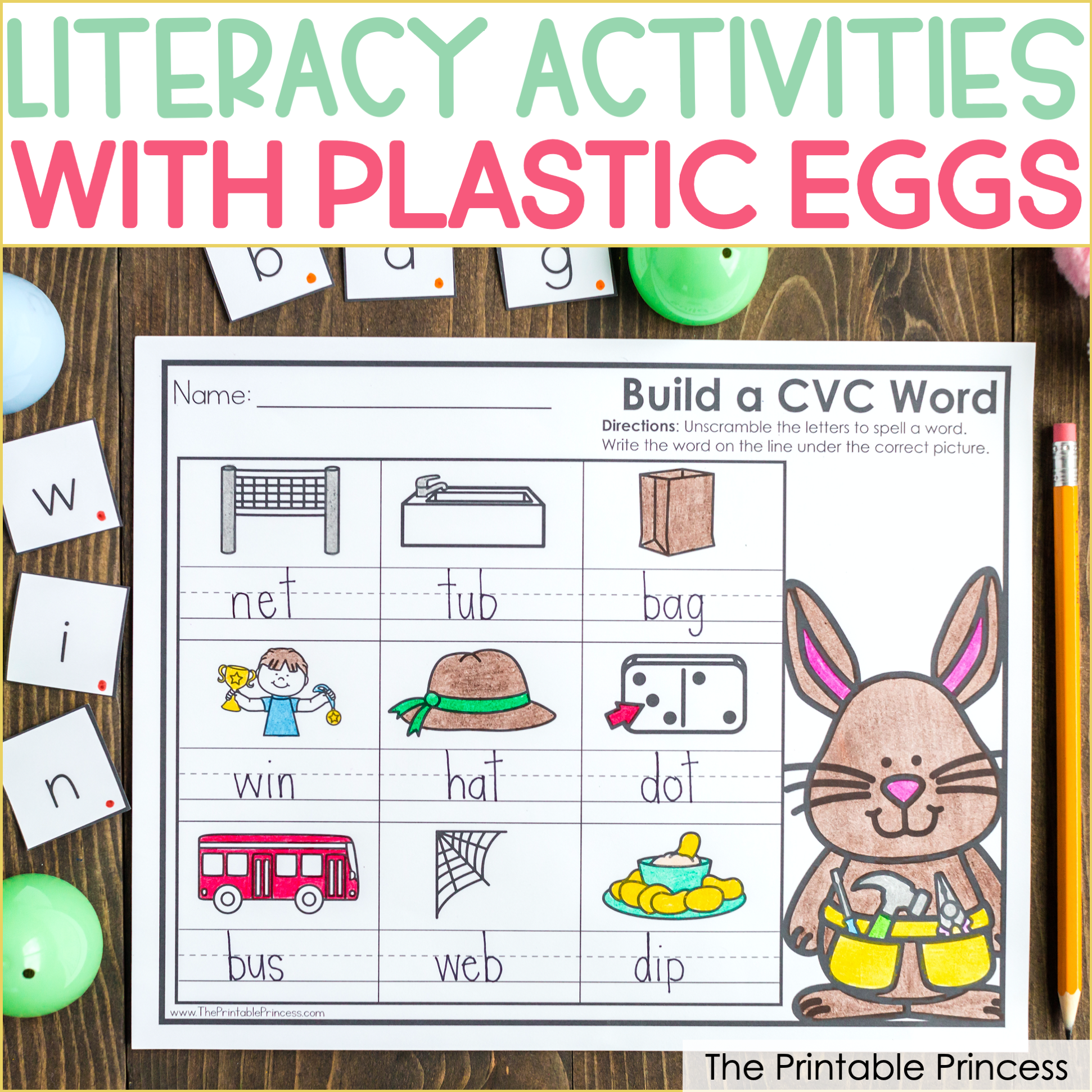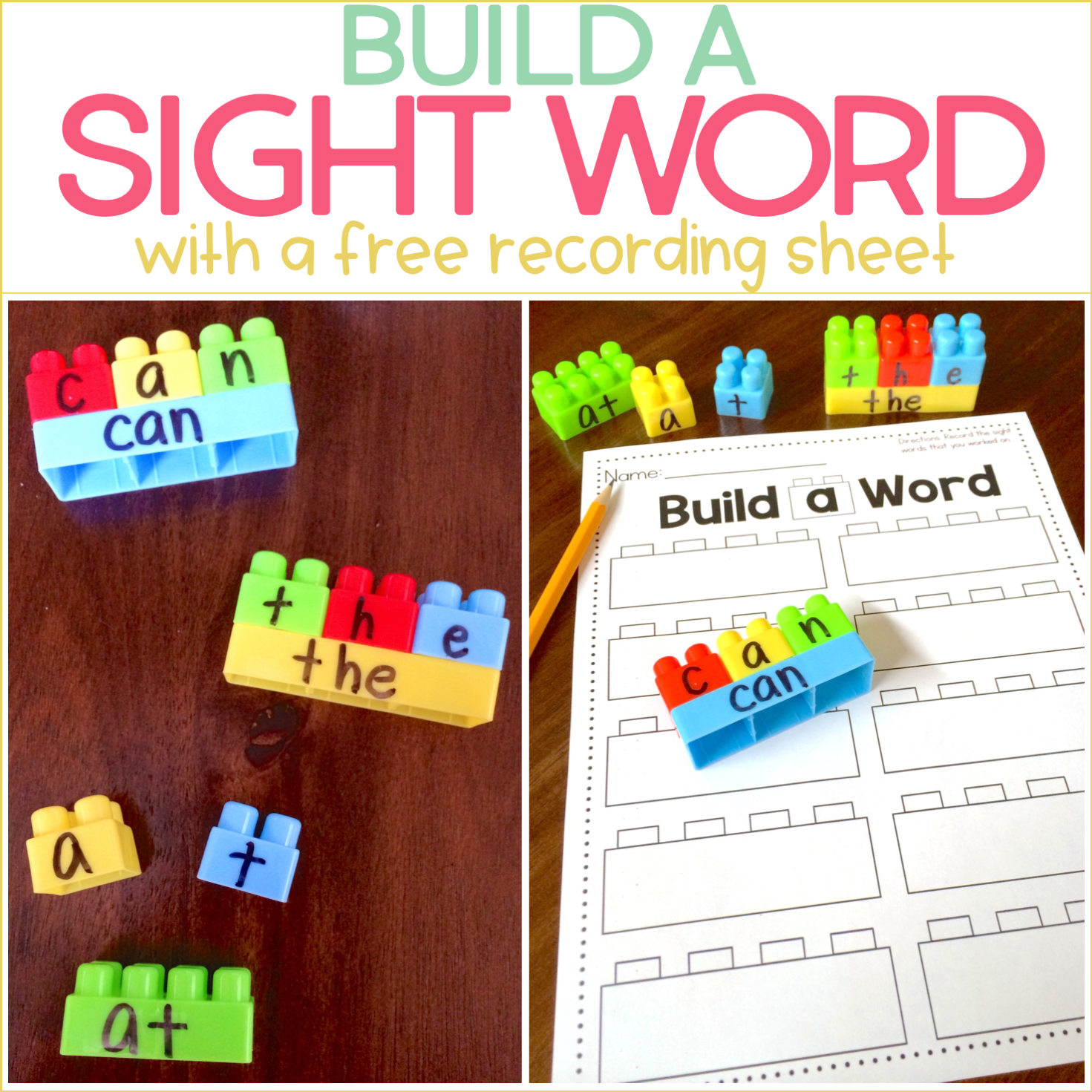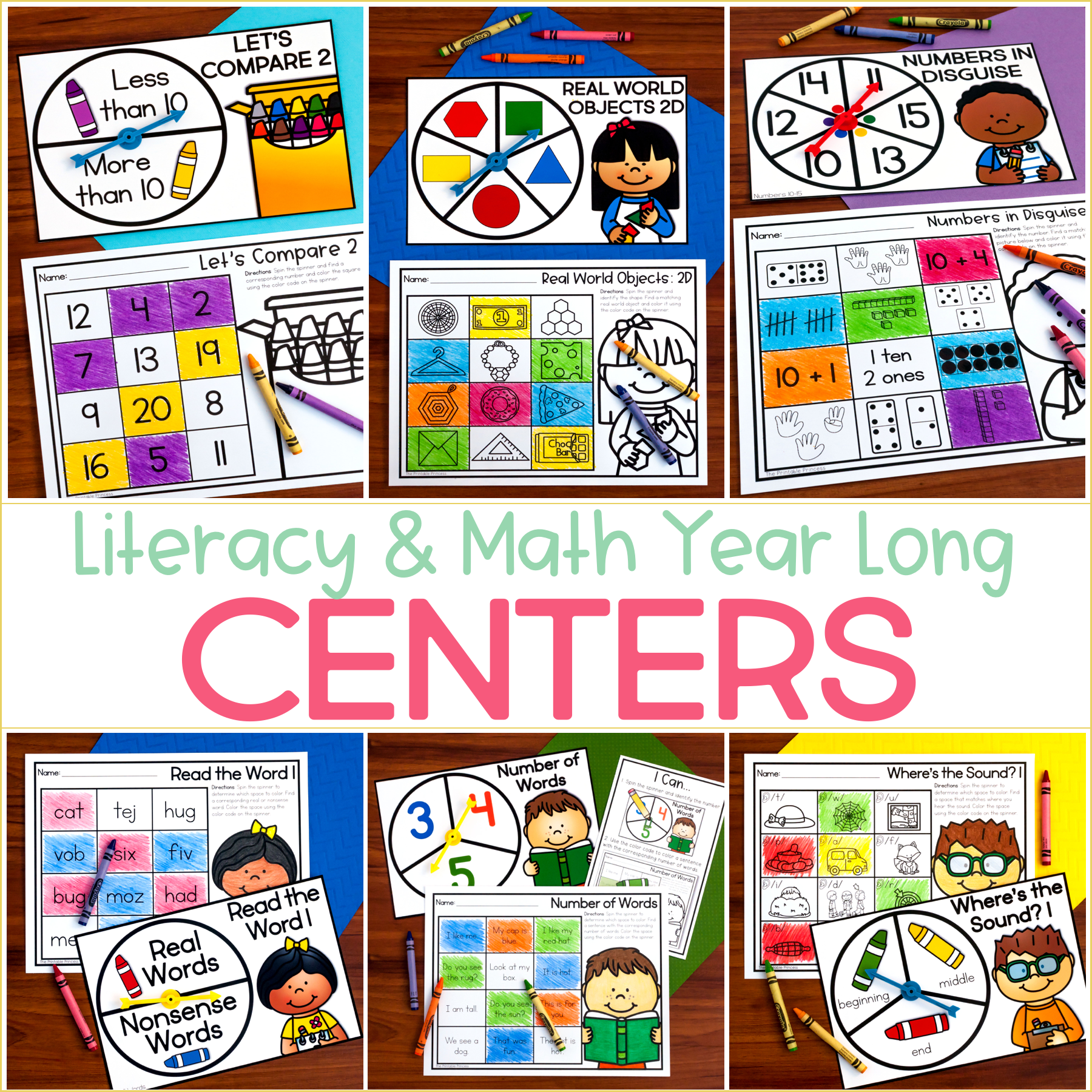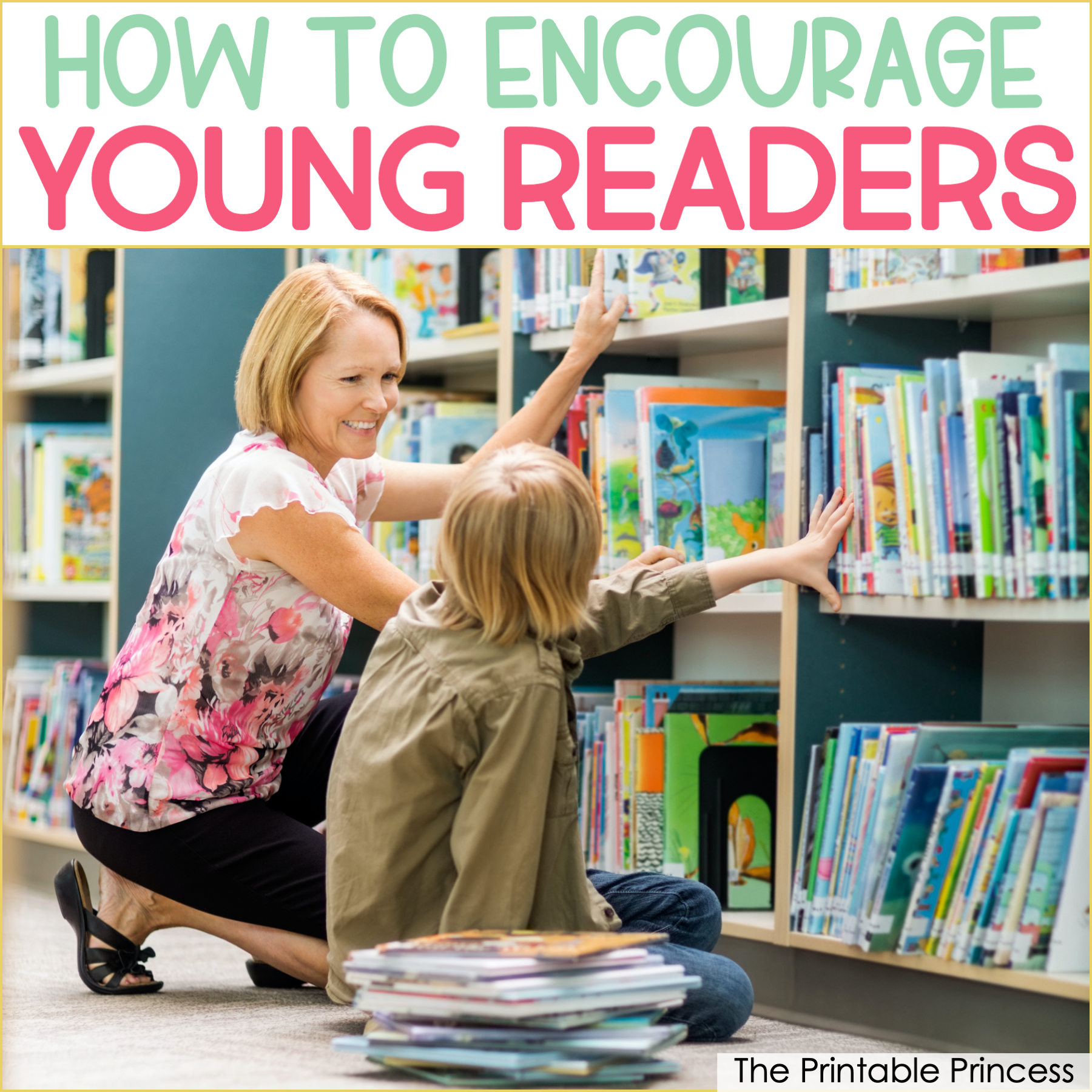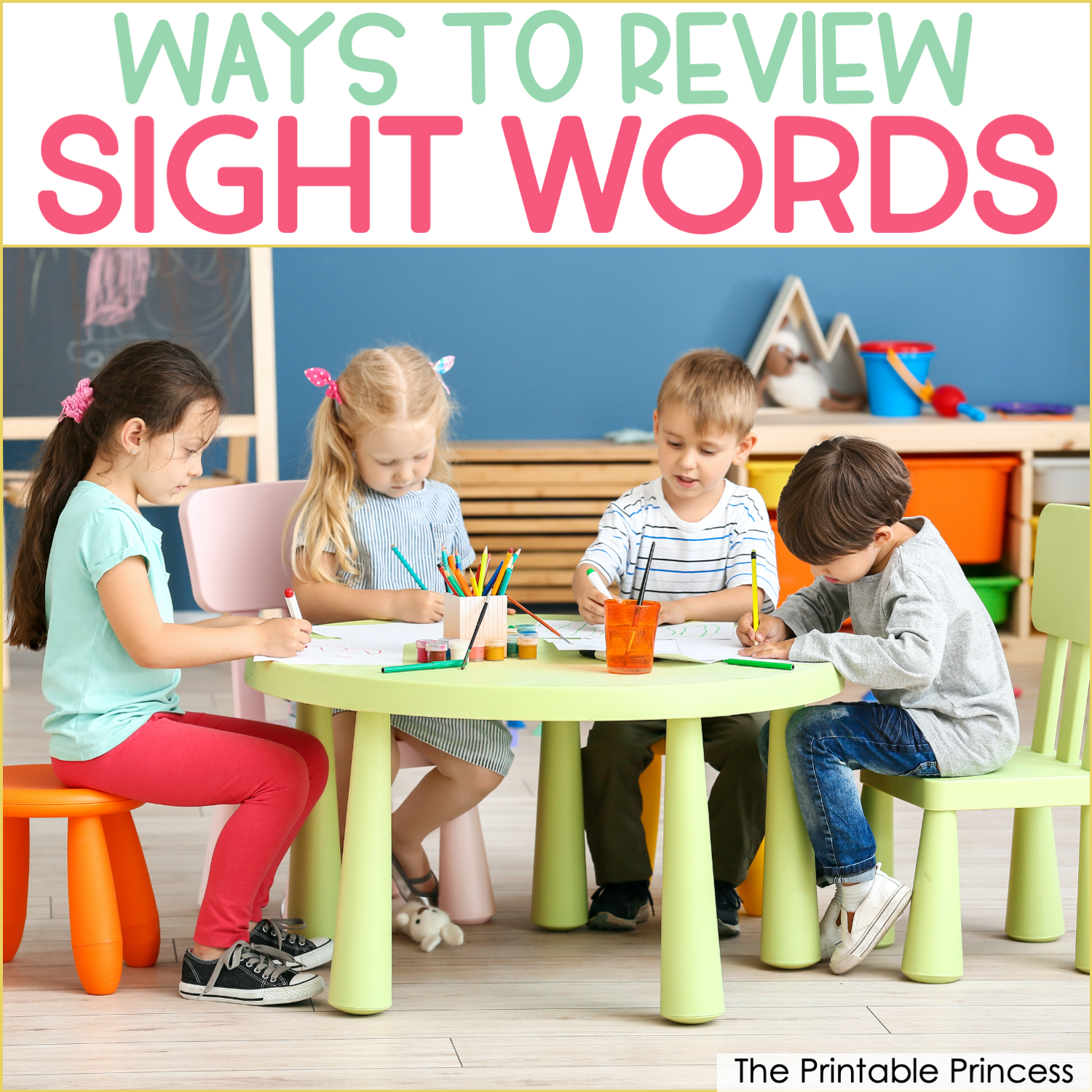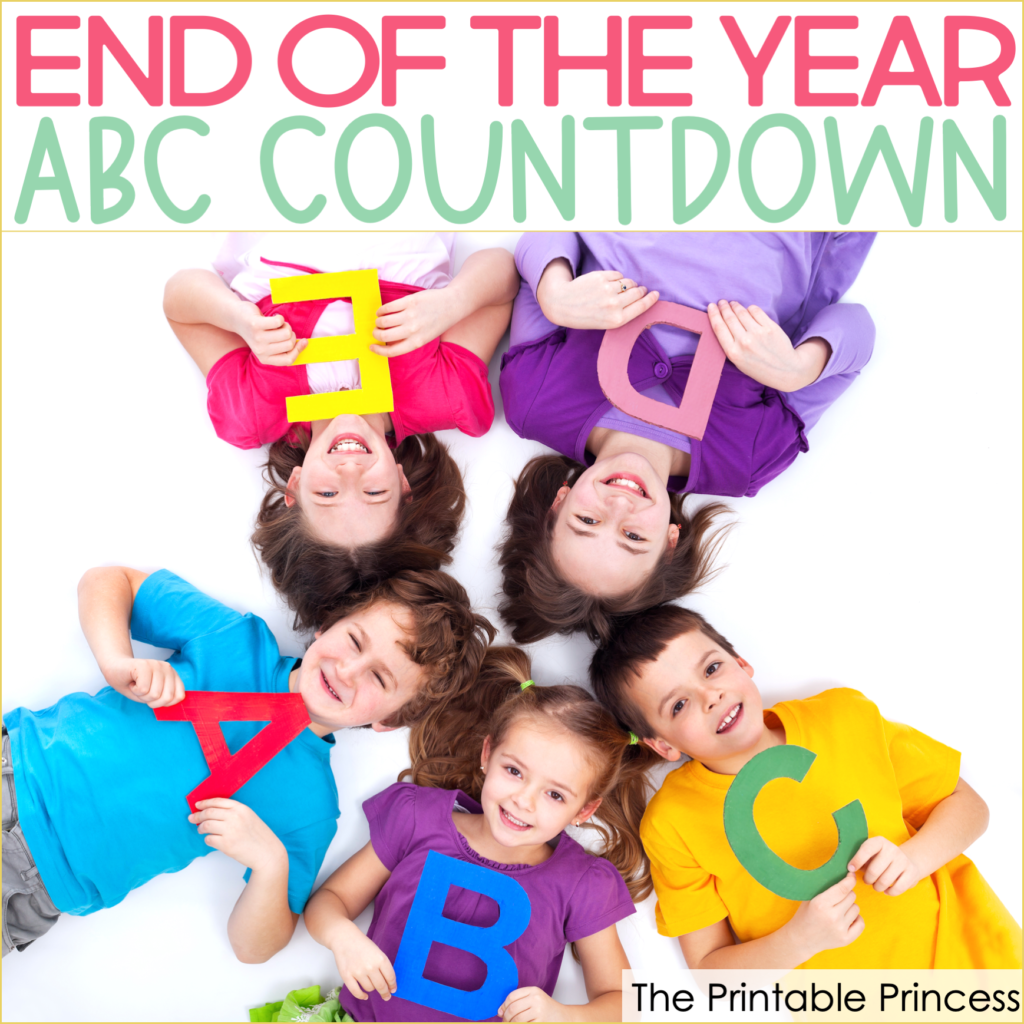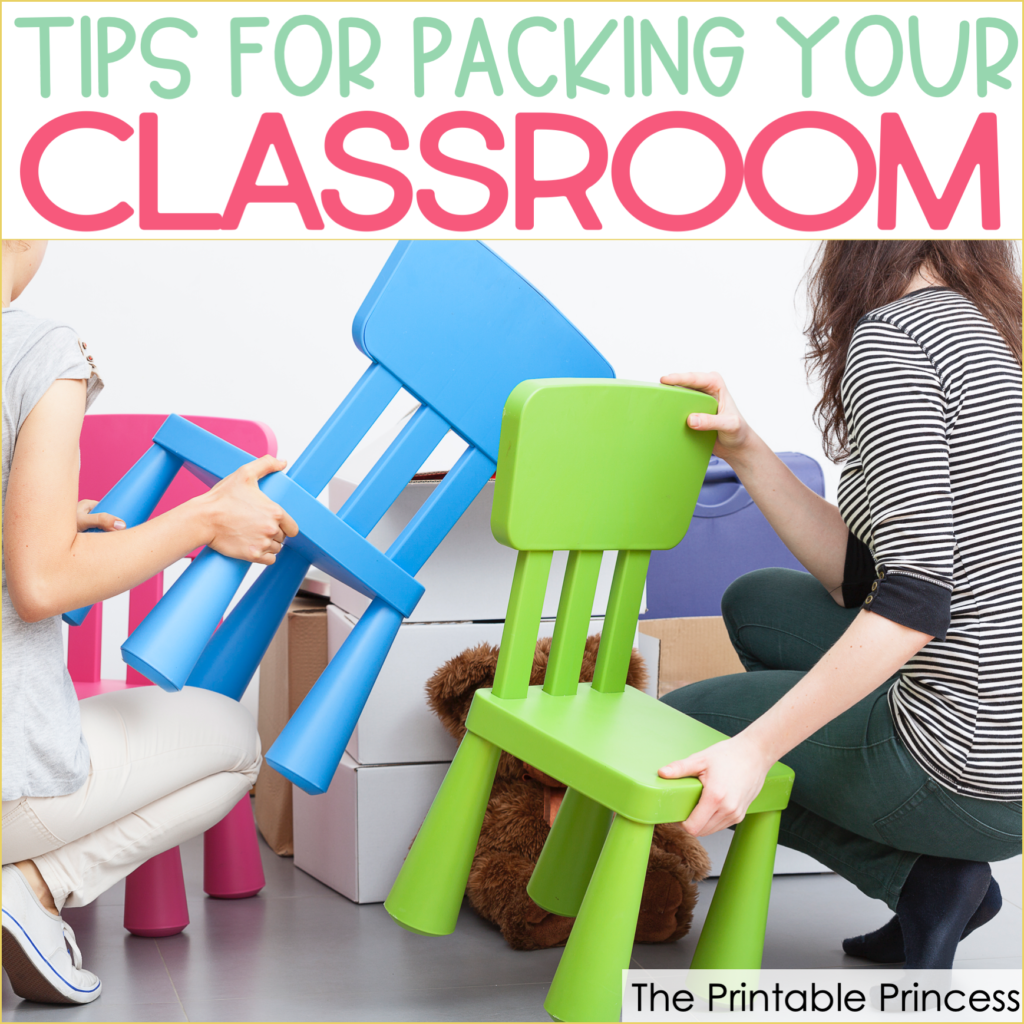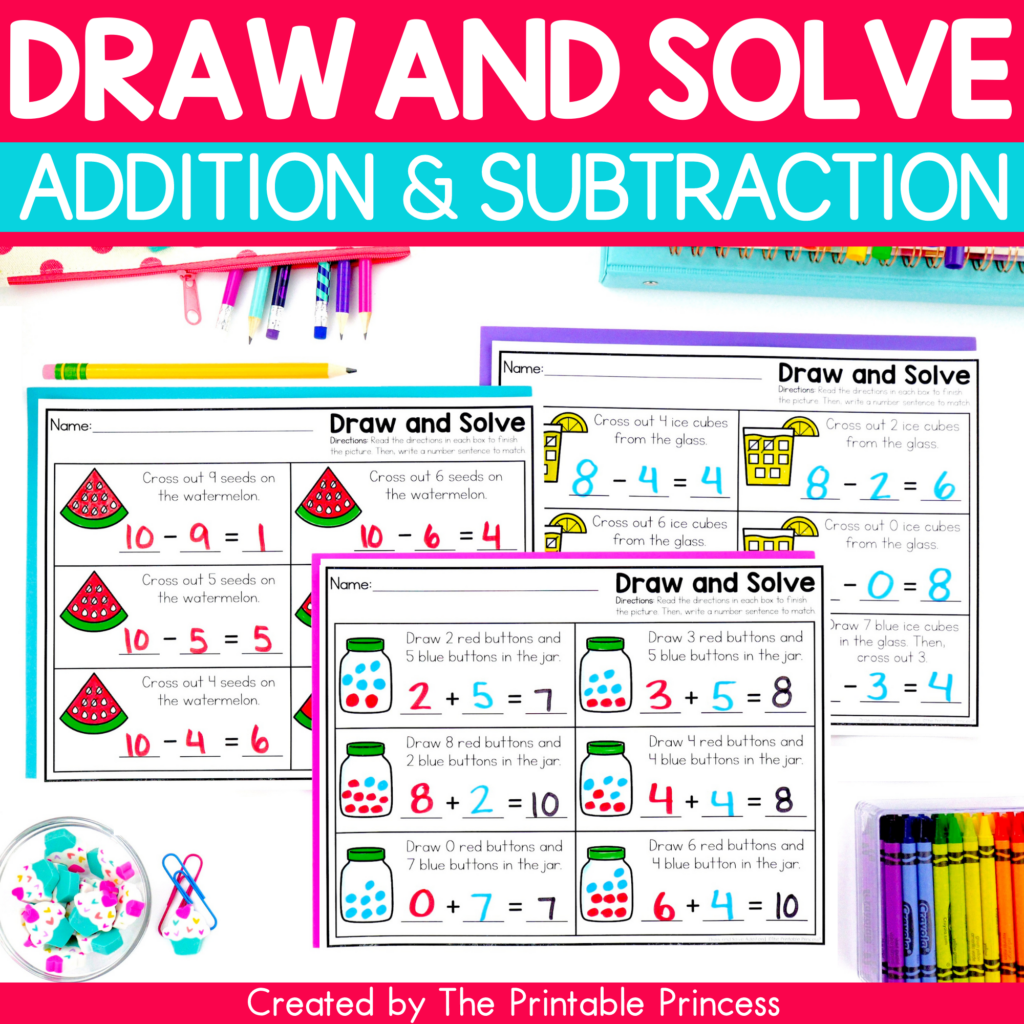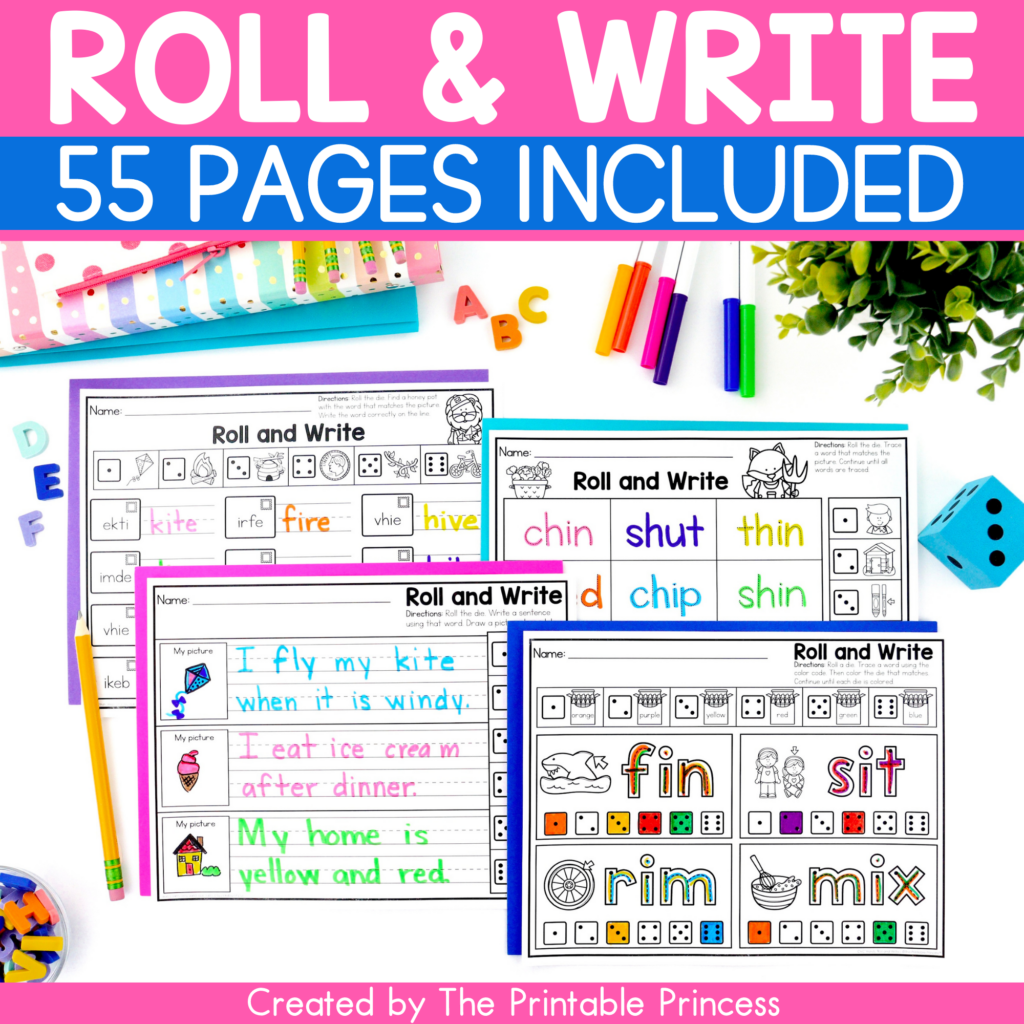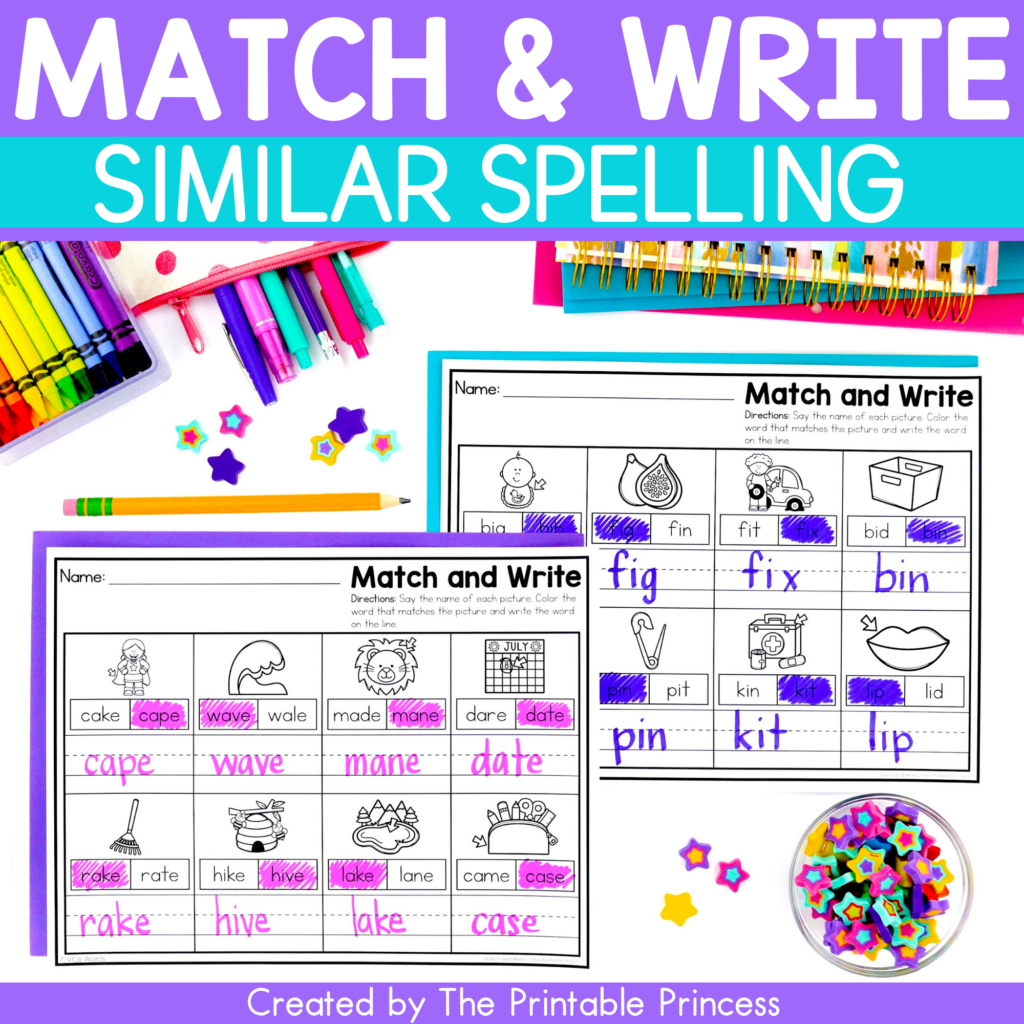Teaching Rhyming in Kindergarten
Nursery rhymes, silly songs, and classroom cheers—what do they all have in common?
You guessed it: rhyming!
Teaching rhyming in kindergarten is more than just fun; it’s foundational. As students build confidence with letters and sounds, rhyming helps develop phonemic awareness, fluency, and an early love for language.
In this post, you’ll find 10 hands-on, low-prep rhyming activities for kindergarten that actually stick (and spark lots of giggles!). Plus, if you want all your rhyming tools in one place—no last-minute scrambling required—the Rhyming Words Teacher Toolkit has you covered to rhyme, shine, and teach so fine!
Why Teach Rhyming Words in Kindergarten?
Teaching rhyming words in kindergarten is a key step in building literacy foundations. Rhyming helps students tune into the sounds in words—not just how they look. It helps them:
- Strengthen phonemic awareness
- Hear sound patterns
- Improve fluency and decoding
- Build confidence working with CVC words and word families
Even better? Rhyming words don’t always look alike (hi there, “bear” and “chair”), so when you teach rhyming words in kindergarten, kids learn to listen closely—not just memorize spellings.
This is where those silly rhymes come in handy. Words like “zlorp” and “snarp” may be made up, but they make students tune in to the sounds, not the meanings.
10 Engaging Rhyming Activities for Kindergarten Classrooms
Whether you’re introducing rhyming words or reinforcing them in a small group, these kindergarten rhyming activities offer flexible ways to practice. You’ll find these activities (and more!) in the Rhyming Words Teacher Toolkit—your go-to resource for teaching rhyming in kindergarten that’s easy to prep, easy to differentiate, and easy to implement.
Talk about a rhyming win!
#1: Rhyming Match-Up
Use picture cards or word cards to find rhyming pairs. You can even add some flair by teaching rhyming swirls (swirling your hand over the word to emphasize the rime, AKA the part that rhymes).
In the Toolkit: Visual task cards, recording sheets, and built-in differentiation.
#2: Pass the Rhyme
No materials needed! Just sit in a circle, say a word, and have students take turns saying a word that rhymes. This is a great phonemic awareness rhyming activity for circle time or a brain break!
Bonus twist: Try a Freeze Rhyme Dance on YouTube (à la Jack Hartmann). When the words rhyme, students dance. When they don’t, they freeze!
#3: Rhyme Stomp
Create a rhyming hopscotch grid on the floor using masking tape or chalk outside. Call out a word (e.g., “hat”), and students have to stomp on a square with a rhyming word (e.g., “cat”). If they miss, they can try again, but only after a fun, silly dance!
Bonus: Follow up with the Toolkit’s Rhyming Bingo!
#4: Rhyming Word Ladders
Build rhyming words up the board! Start with “hat,” then go to “cat,” “bat,” and beyond. You can even let students “climb” on a whiteboard ladder by adding new rhymes with each turn.
Rhyming word ladders are perfect for teaching rhyming words with visual reinforcement.
Extension tip: Focus on beginning sound swaps for extra phoneme practice.
Toolkit Connection: Printable games & worksheets for additional word-building skills.
#5: Sticky Note Rhyming Sorts
Create columns on a whiteboard and hand out sticky notes with rhyming words. Students sort them into the correct rhyming column. Simple, hands-on, and great for whole group, small group, or fast-finishers.
Teacher tip: Add a silly rhyme at the end of the sort! (“We sorted with flair—no underwear in the air!”)
Also in the Toolkit: Pocket chart & task cards you can use to replace sticky notes for reuse-friendly sorting.
#6: Rhyming Centers
Set up ready-to-go rhyming word centers with matching games, sort-the-rhyme tasks, and silly rhyming sentence building. Let students pick their challenge level for natural differentiation.
Included in the Toolkit: Low-prep centers with varying difficulty levels, all with “I can” cards for student independence.
#7: Find the Rhymes (Sensory Bin Style!)
Hide rhyming cards in a sensory bin, and let students dig, tweeze, and match. This mash-up of literacy and fine motor practice is perfect for high-energy learners.
Tip: Narrate with silly rhymes as they dig—“I found a bee… does it rhyme with tree or seat?”
In the Toolkit: Small-format cards perfect for sensory bins or hide-and-seek activities.
#8: Build a Rhyme
Use magnetic letters or letter tiles to build rhyming words. You say “sun,” and students build “fun,” “run,” or maybe “plun”—because remember, silly rhymes help students focus on sounds!
The Toolkit includes printable mats and word prompts to promote this type of hands-on building and recording.
#9: Rhyme the Room
Get your students moving with a rhyme hunt… a favorite rhyming game for kindergarten!
Post picture cards around the room, and let students find and record the matching rhyming words.
Bonus idea: Add movement chants while they hunt—“Rhyme on the roam! Let’s find a gnome!”
#10: Rhyming Read Alouds
Books are powerful! Use rhyming read-alouds to expose students to word patterns naturally. Pause while reading to let students guess the next rhyme.
Favorite Rhyming Titles:
- Rhyming Dust Bunnies by Jan Thomas
- Sheep in a Jeep by Nancy Shaw
- Giraffes Can't Dance by Giles Andreae
- Silly Sally by Audrey Wood
- Llama Llama Red Pajama by Anna Dewdney
- The Gruffalo by Julia Donaldson
- Dog on a Frog? by Kes and Claire Gray
Follow up your read-aloud with a rhyming craft or interactive activity from the toolkit to reinforce the skill.
Rhyming Throughout the Day
Remember, teaching rhyming in kindergarten doesn’t have to be limited to your literacy block. Sprinkle it in during transitions or morning meetings:
- Discussing the weather: “Sunny, sunny, dripping with honey. I wish it were money. That would be funny!”
- Getting students’ attention: “Put your hands in the air, and show me you care… but do not show me your underwear!”
- Lining up: “Find your space. No need to race. Now put a smile on your face!”
- Sitting on the rug: “Criss-cross, applesauce. Voices off—no need to floss!”
- Time to clean up: “Pick it up and don’t delay. Rhyme it out and put away!”
- Brain breaks: “Wiggle like a snake, now jump like a cake. Wait, that’s not right! Did I make a mistake?”
Silly rhymes = big engagement + serious skill building
Want Everything Rhyming All in One Place?
If you're ready to rhyme without the prep time, the Rhyming Words Teacher Toolkit includes everything you need to introduce, practice, and assess rhyming in kindergarten all year long:
- Activity mats, partner games, and small group tools
- Pocket chart activities and task cards with visual “I can” directions
- Practice worksheets and an assessment for progress monitoring
- Non-seasonal themes for year-round use
- For introduction, review, or intervention
With the Toolkit, you can teach rhyming words in kindergarten with confidence, clarity, and creativity—no stress, no mess, just rhyming success.
Whether you're rhyming on the rug or mid-transition in the lunch line, every silly rhyme is a step toward stronger readers. With the right rhyming tools, teaching rhyming in kindergarten becomes less about scrambling and more about smiling.
The Rhyming Words Teacher Toolkit brings everything together so you can spend less time prepping and more time playing with words that inspire both laughter and learning.

